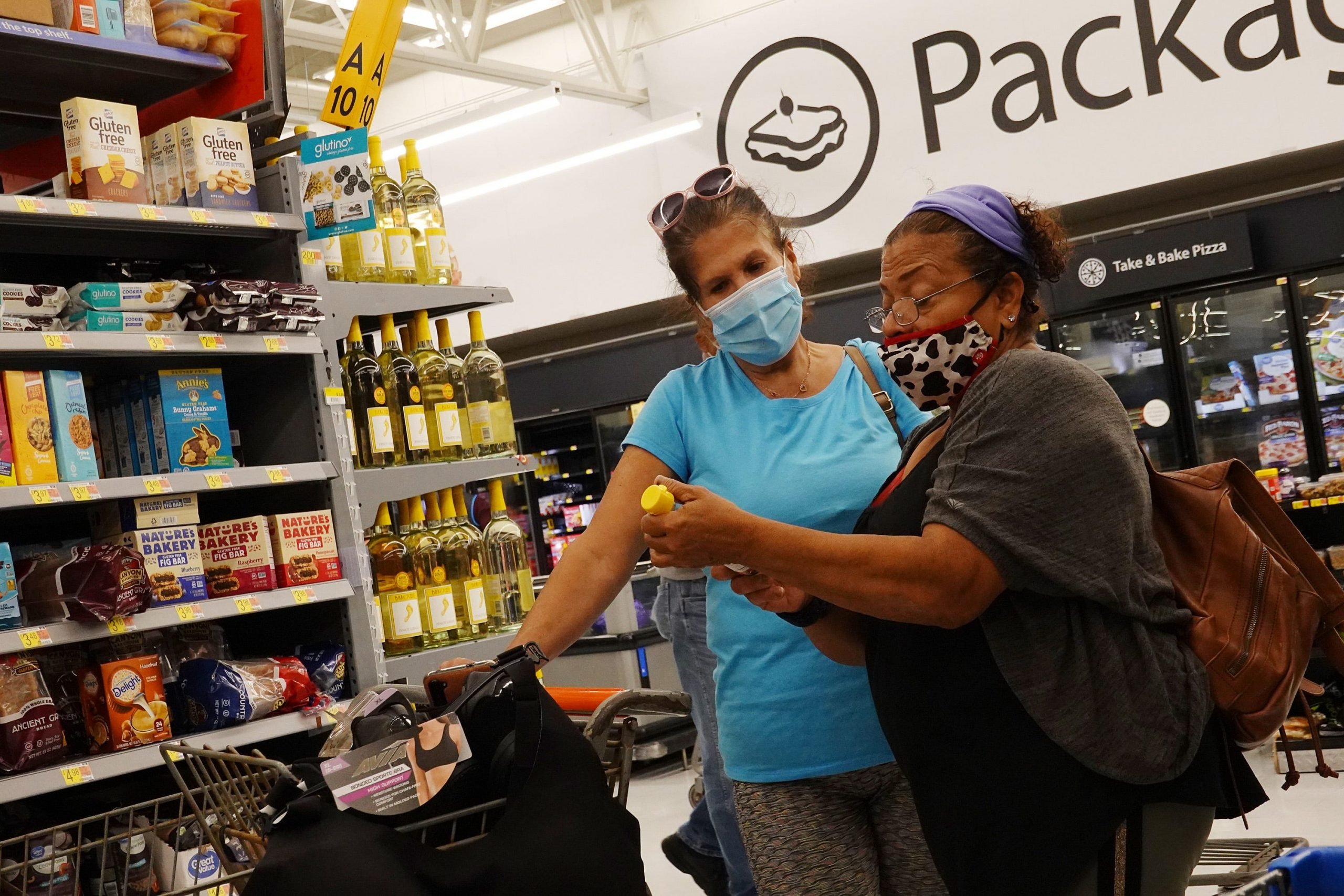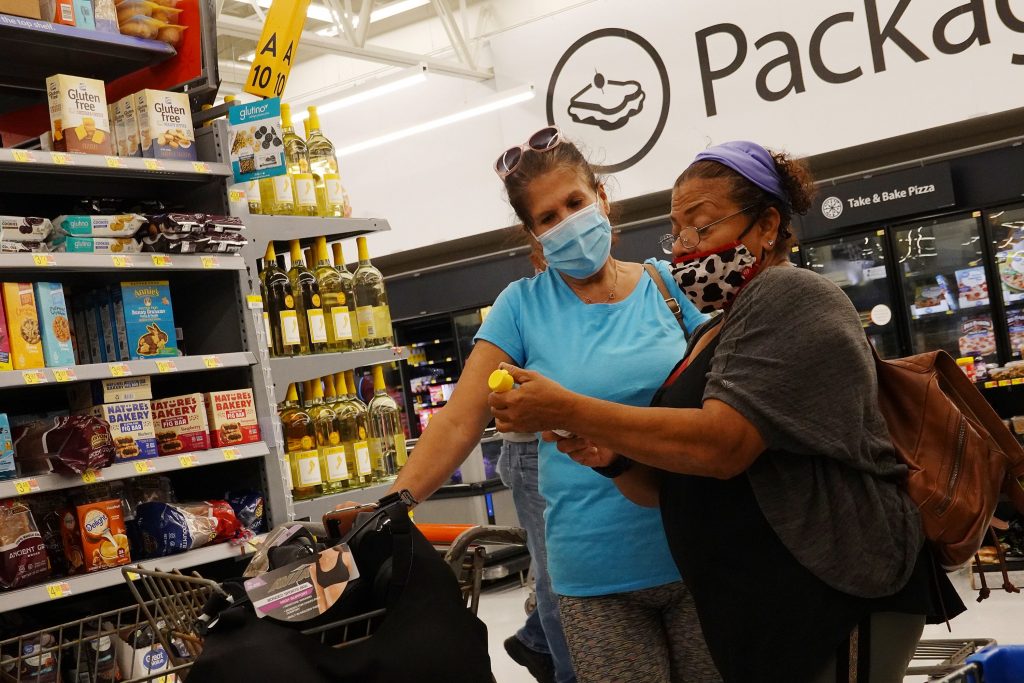
- The CDC's new mask guidelines could mean more people catch the virus indoors, experts said.
- The CDC got the science right for fully vaccinated people, but the guidelines lacked context, they said.
- The guidelines could give the "misimpression" mask mandates were over, they said.
- ,See more stories on Insider's business page.
New federal mask guidance that says fully vaccinated Americans can go maskless in most settings risks more people catching coronavirus at work or in public, a leading expert has warned.
Dr. Jeffrey Duchin, a physician at the Infectious Diseases Society of America (IDSA), said that the latest Centers for Disease Control and Prevention's (CDC) guidance was scientifically sound. But the CDC had not given enough detail in its guidance, allowing for the "misimpression" that the mask mandates have been lifted, he said.
Therefore, the guidelines "could lead to increased risk in public spaces and workplaces with preventable COVID-19 spread primarily among the unvaccinated," he said at a press briefing on Thursday, hosted by the IDSA.
The CDC guidance recommended that unvaccinated people still have to wear masks. Fully vaccinated people don't need a mask in most indoor and outdoor settings. Businesses and states can make their own rules.
Duchin said that the information from the CDC was "suboptimal."
"The return to normal activities is safe for vaccinated people, there is no debate about this fact. However, the announcement led to widespread confusion and frustration because it was unexpected and needed context," Duchin, the Society's liaison to the CDC immunization committee, said.
"There was no information on how to apply the guidance in practice, particularly related to the inability to verify vaccination status," he said.
Duchin suggested that the CDC shouldn't have issued a blanket statement, but instead made recommendations according to the number of coronavirus cases, or the proportion of vaccinated people, in an area.
Most Americans aren't vaccinated. So far, less than 40% of Americans are fully vaccinated, according to the CDC. Less than 30% of people in Wyoming are fully immunized, the lowest of any state, according to Johns Hopkins University.
Read more: How coronavirus variants called 'escape mutants' threaten to undo all our progress
The majority of states have followed the CDC's more relaxed guidelines.
Duchin, who is also King County's health officer, Washington State, issued a directive on Thursday that strongly urged all Washingtonians older than five to continue to wear face coverings in indoor public spaces. Washington State's Gov. Inslee said in the wake of the CDC's update on May 13 that individual businesses may require masks for vaccinated people, but that there was no state requirement.
Duchin said King County "needed more time to get disease rates down and vaccination rates up before doing anything that would weaken our indoor mask mandates," per CIDRAP. "The CDC guidance makes absolute sense in many areas, but many places are not there yet."
Duchin's comments follow a joint statement from the IDSA and the HIV Medicine Association issued Monday that acknowledged that the CDC's recommendations were based on science, but that the "CDC should not send a message that the pandemic is over."
Insider's Aria Bendix reported May 13 that other experts said the CDC's guidance was too broad.
Dr. Leana Wen, former Baltimore health commissioner and contributing columnist at Washington Post and CNN medical analyst, told CIDRAP that the CDC got "the science right, but policy and communication was really wrong."
"There are unintended consequences that can endanger people and sew distrust in the CDC," Wen said.
Dr. Anthony Fauci said Wednesday that people were misinterpreting the CDC's guidance, but that it wasn't the CDC's "fault".
"People either read them quickly, or listen and hear half of it. They are feeling that we're saying: 'You don't need the mask anymore.' That's not what the CDC said," Fauci said.

